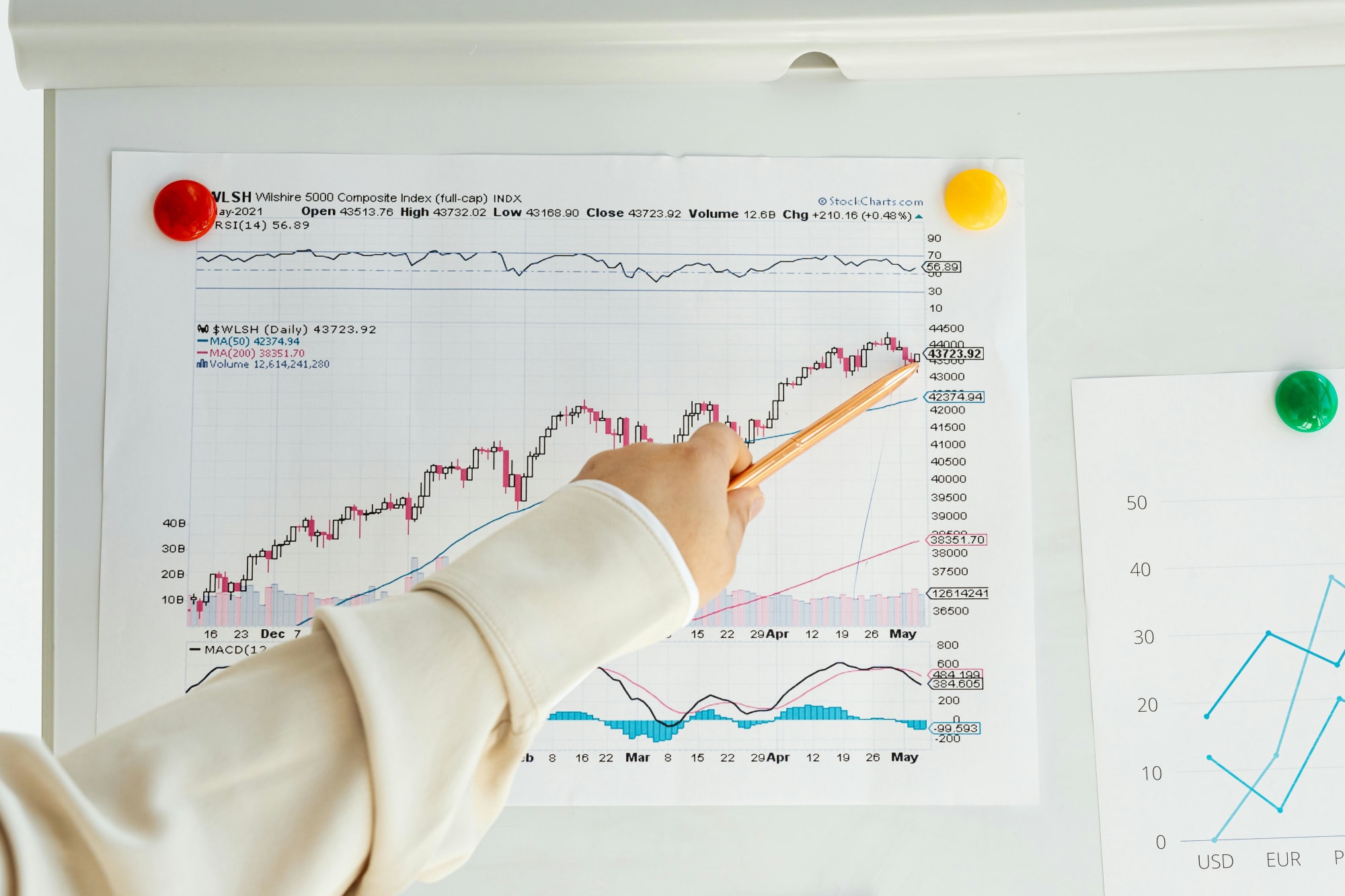Invest
Rich Aussies produce more emissions than Pacific islands combined
Australia’s top 5 per cent of people are responsible for more carbon emissions than the entire Pacific islands combined, new research has found.
Rich Aussies produce more emissions than Pacific islands combined
Australia’s top 5 per cent of people are responsible for more carbon emissions than the entire Pacific islands combined, new research has found.

Days after Australia was kicked out of the UN due to Australia’s “stubborn refusal” to uphold its climate ambitions, Oxfam has revealed the extent of Australia’s climate problem.
The research showed that the 1.2 million people that make up Australia’s top 5 per cent are responsible for more carbon emissions annually than all 11 million citizens of Pacific islands combined.
This is partially due to Australia’s energy consumption being eight times as much carbon emissions each year as Pacific islanders.
Oxfam chief executive Lyn Morgain said Australia owed it to Pacific island nations, which are already bearing the brunt of the impacts of climate change, to do better and make stronger commitments at the upcoming meetings.

“There’s still time to take meaningful action and step into line with the rest of the world by making more significant commitments and setting more ambitious targets.
“While cancelling the Kyoto ‘carryover credits’ would be a welcome first step, Australia must stand with our Pacific neighbours by matching our climate action ambition to the scale of the threat that faces these communities. At a minimum, Australia must cancel the credits and commit to net-zero emissions targets as soon as possible.”
Australia refutes UN’s claims
UN Secretary-General Antonio Guterres made the claims that it is time to declare a state of climate emergency, with nations following through on previous promises.
So far, 38 countries have declared a climate change emergency even though the UN pointed out that countries are unlikely to reach their agreed-upon targets set out during the Paris Agreement.
“Five years after the Paris Agreement, we are still not going in the right direction,” Mr Guterres said.
“Paris promised to limit temperature rises to as close to 1.5 degrees as possible. But the commitments made in Paris were far from enough to get there, and even those commits are not being met.”
“If we don’t change course, we may be headed for a catastrophic temperature rise of 3 degrees this century,” he explained.
Despite Australia’s carbon emission levels, and calls from the UN to declare a national climate emergency, Resources Minister Keith Pitt highlighted that these are grand statements without action.
“Grand statements are quite simple to make,” he told ABC radio on Monday.
“It’s about outcomes, it’s about a plan, it’s about knowing where we’re going and what it will cost, and it’s about delivery.”
Mr Pitt refused to offer a view on achieving a climate target by 2050, instead jokingly stating he might not be alive in 30 years.
“In 30 years, I’m hopeful I’m still breathing, but we’ll maintain our focus on the commitments we’ve made, that the Australian people have agreed to,” he said.
“In regional Australia in particular, we want to make sure that those big industries that continue to drive employment for us are sustainable into the long term.”
About the author

About the author


Economy
RBA's hawkish stance reflects inflation concerns, State Street economist comments
In a recent statement, the Reserve Bank of Australia (RBA) has signaled a hawkish stance on interest rates, drawing insights from financial experts about the implications for Australia's economic ...Read more

Economy
Navigating the inflation maze: How CFOs can outsmart economic hurdles in Australia
Fresh inflation data have cooled expectations of near-term rate cuts in Australia, intensifying pressure on margins, capital allocation and demand. Rather than wait for monetary relief that may not ...Read more

Economy
Inflation concerns rise as Australia's CPI climbs to 3.8% in October
Australia's latest Consumer Price Index (CPI) figures have sent ripples through the economy, with headline inflation accelerating to 3.8% year-on-year in October, up from 3.6% in September. The data, ...Read more

Economy
October CPI results pose challenges for RBA’s monetary policy stance
In a surprising turn of events, the October Consumer Price Index (CPI) data has raised eyebrows among economists and market strategists, revealing stronger-than-expected inflationary pressures in ...Read more

Economy
Global deal activity declines by 6% amid economic uncertainty, reports GlobalData
In a year characterised by economic turbulence and evolving market conditions, global deal activity has witnessed a notable downturn during the first ten months of 2025. According to GlobalData, a ...Read more

Economy
Australia’s softening labour market puts another RBA cut in play — here’s what business should do now
A four-year high in unemployment has revived expectations the Reserve Bank could deliver another rate cut as soon as November. With quarterly GDP growth running at 0.6 per cent and annual growth at ...Read more

Economy
Rising CPI reinforces RBA’s stance as rate cut expectations remain: State Street
State Street Global Advisors says the Reserve Bank of Australia (RBA) is likely to hold its current policy outlook following the release of September quarter inflation data, which showed an unexpected ...Read more

Economy
NSW SES boosts tsunami preparedness ahead of World Tsunami Awareness Day
As World Tsunami Awareness Day approaches on 5 November, the New South Wales State Emergency Service (NSW SES) is ramping up efforts to enhance tsunami preparedness along the east coastRead more

Economy
RBA's hawkish stance reflects inflation concerns, State Street economist comments
In a recent statement, the Reserve Bank of Australia (RBA) has signaled a hawkish stance on interest rates, drawing insights from financial experts about the implications for Australia's economic ...Read more

Economy
Navigating the inflation maze: How CFOs can outsmart economic hurdles in Australia
Fresh inflation data have cooled expectations of near-term rate cuts in Australia, intensifying pressure on margins, capital allocation and demand. Rather than wait for monetary relief that may not ...Read more

Economy
Inflation concerns rise as Australia's CPI climbs to 3.8% in October
Australia's latest Consumer Price Index (CPI) figures have sent ripples through the economy, with headline inflation accelerating to 3.8% year-on-year in October, up from 3.6% in September. The data, ...Read more

Economy
October CPI results pose challenges for RBA’s monetary policy stance
In a surprising turn of events, the October Consumer Price Index (CPI) data has raised eyebrows among economists and market strategists, revealing stronger-than-expected inflationary pressures in ...Read more

Economy
Global deal activity declines by 6% amid economic uncertainty, reports GlobalData
In a year characterised by economic turbulence and evolving market conditions, global deal activity has witnessed a notable downturn during the first ten months of 2025. According to GlobalData, a ...Read more

Economy
Australia’s softening labour market puts another RBA cut in play — here’s what business should do now
A four-year high in unemployment has revived expectations the Reserve Bank could deliver another rate cut as soon as November. With quarterly GDP growth running at 0.6 per cent and annual growth at ...Read more

Economy
Rising CPI reinforces RBA’s stance as rate cut expectations remain: State Street
State Street Global Advisors says the Reserve Bank of Australia (RBA) is likely to hold its current policy outlook following the release of September quarter inflation data, which showed an unexpected ...Read more

Economy
NSW SES boosts tsunami preparedness ahead of World Tsunami Awareness Day
As World Tsunami Awareness Day approaches on 5 November, the New South Wales State Emergency Service (NSW SES) is ramping up efforts to enhance tsunami preparedness along the east coastRead more








